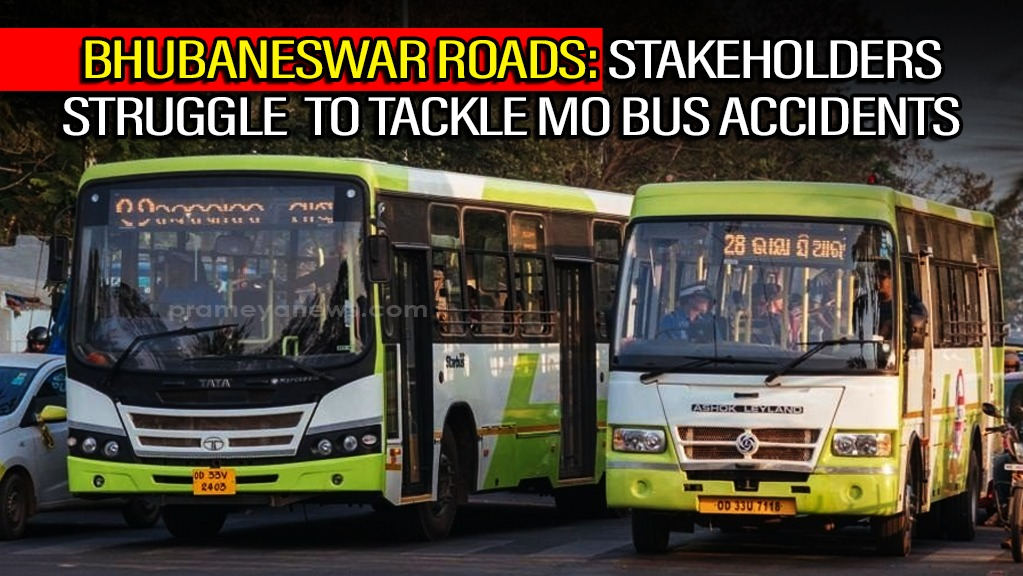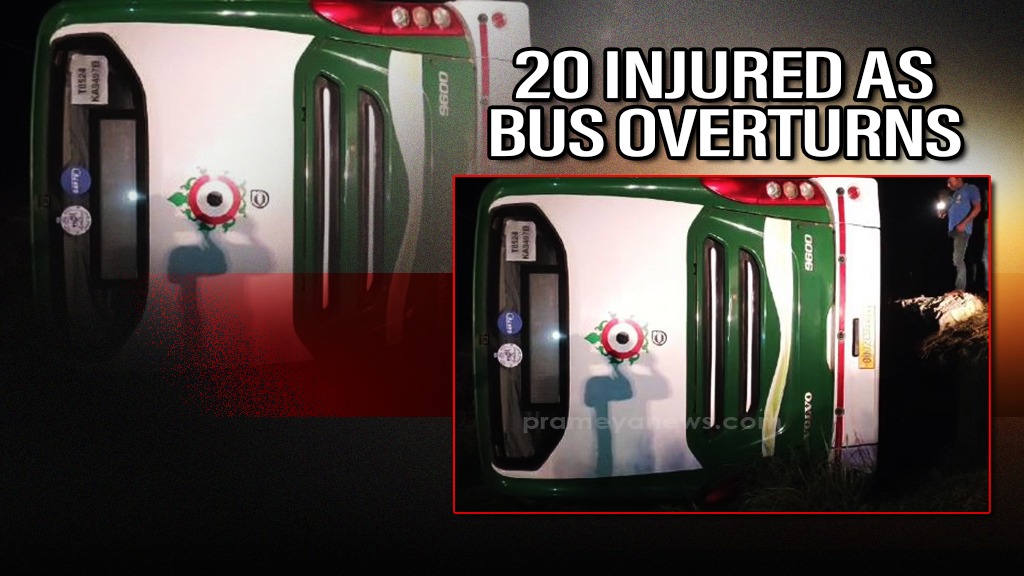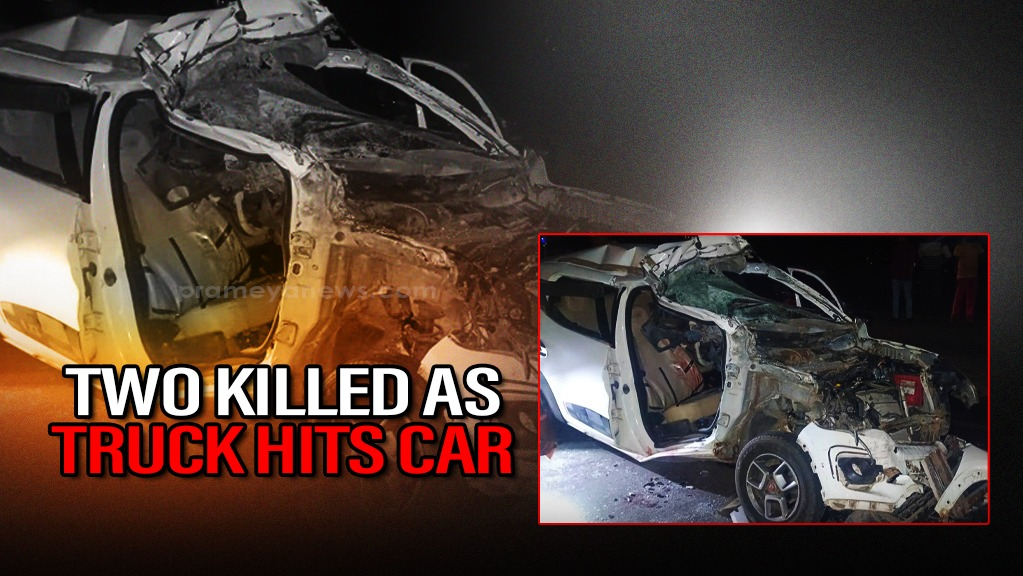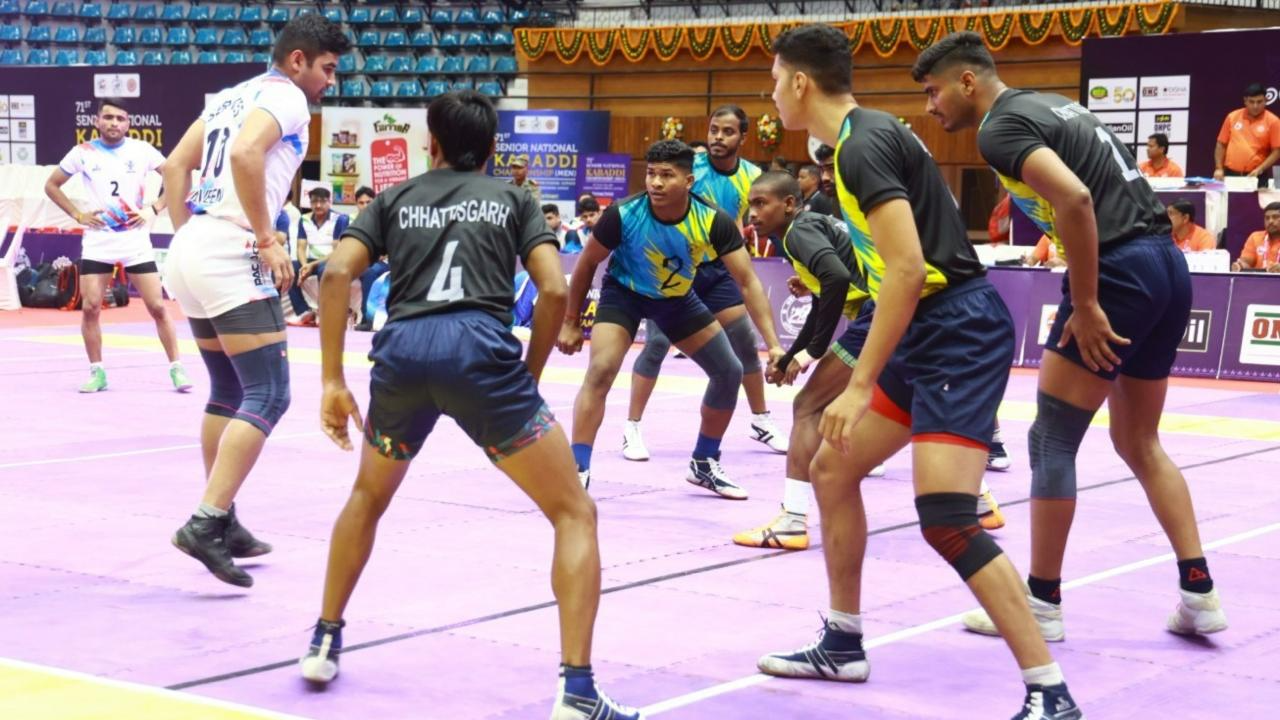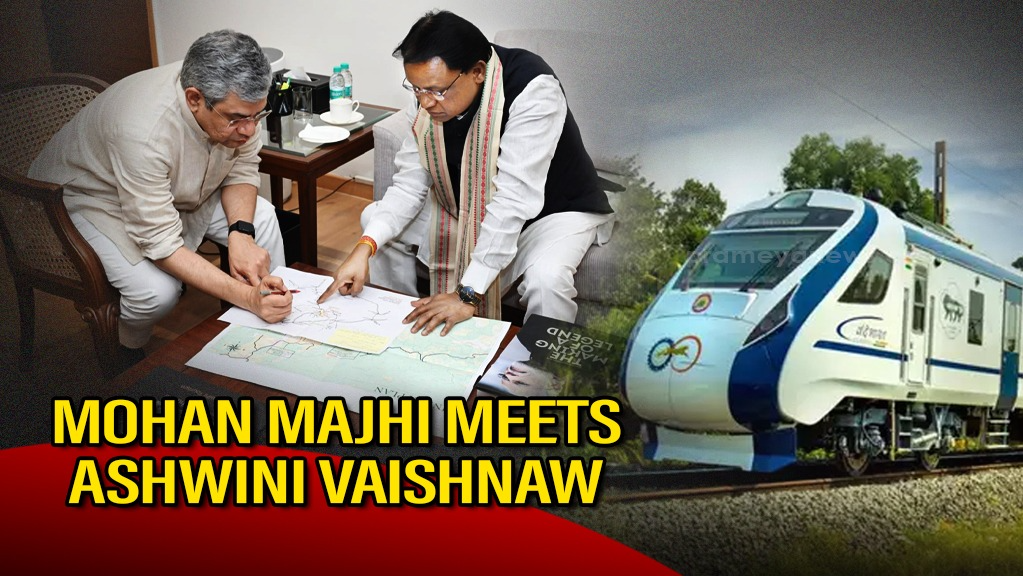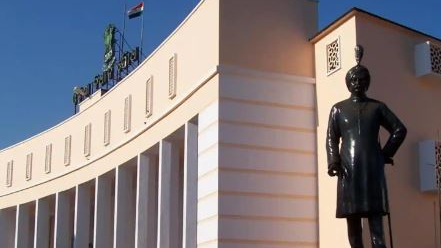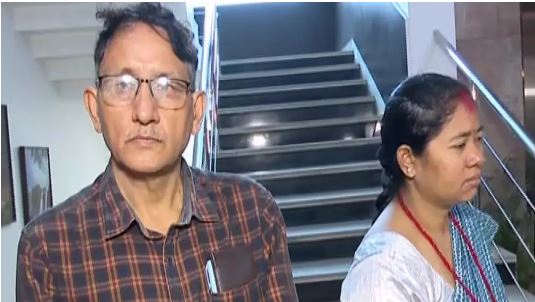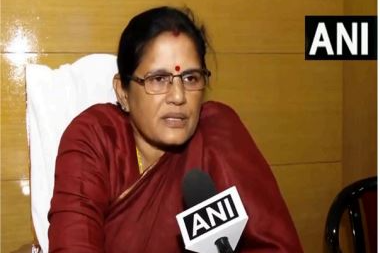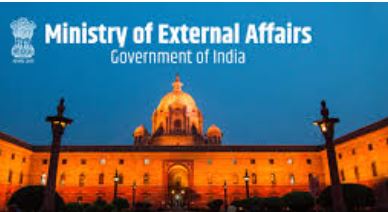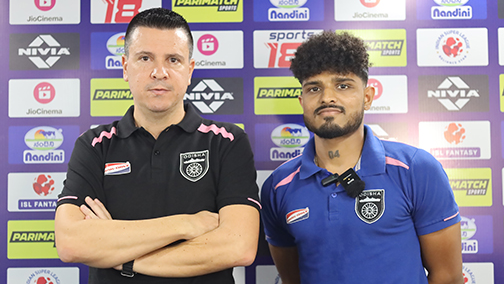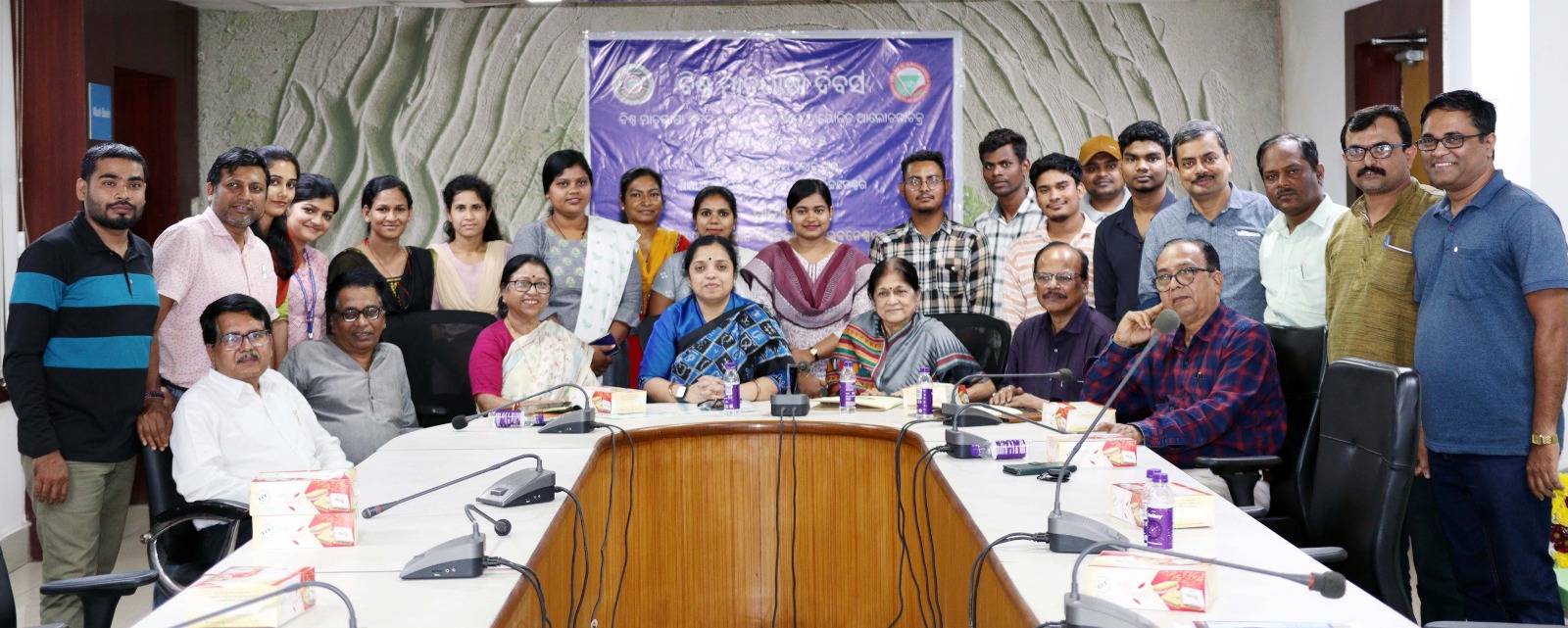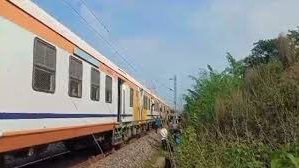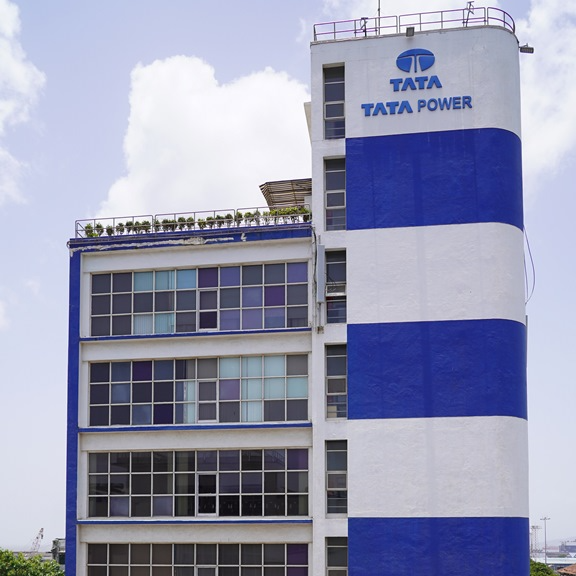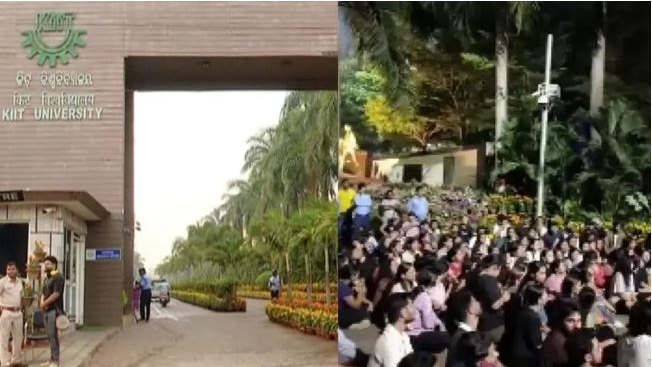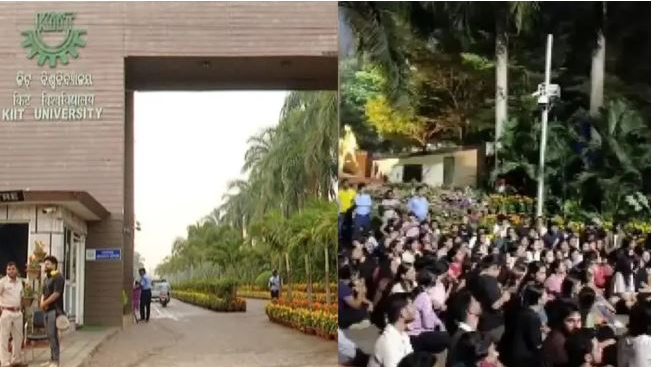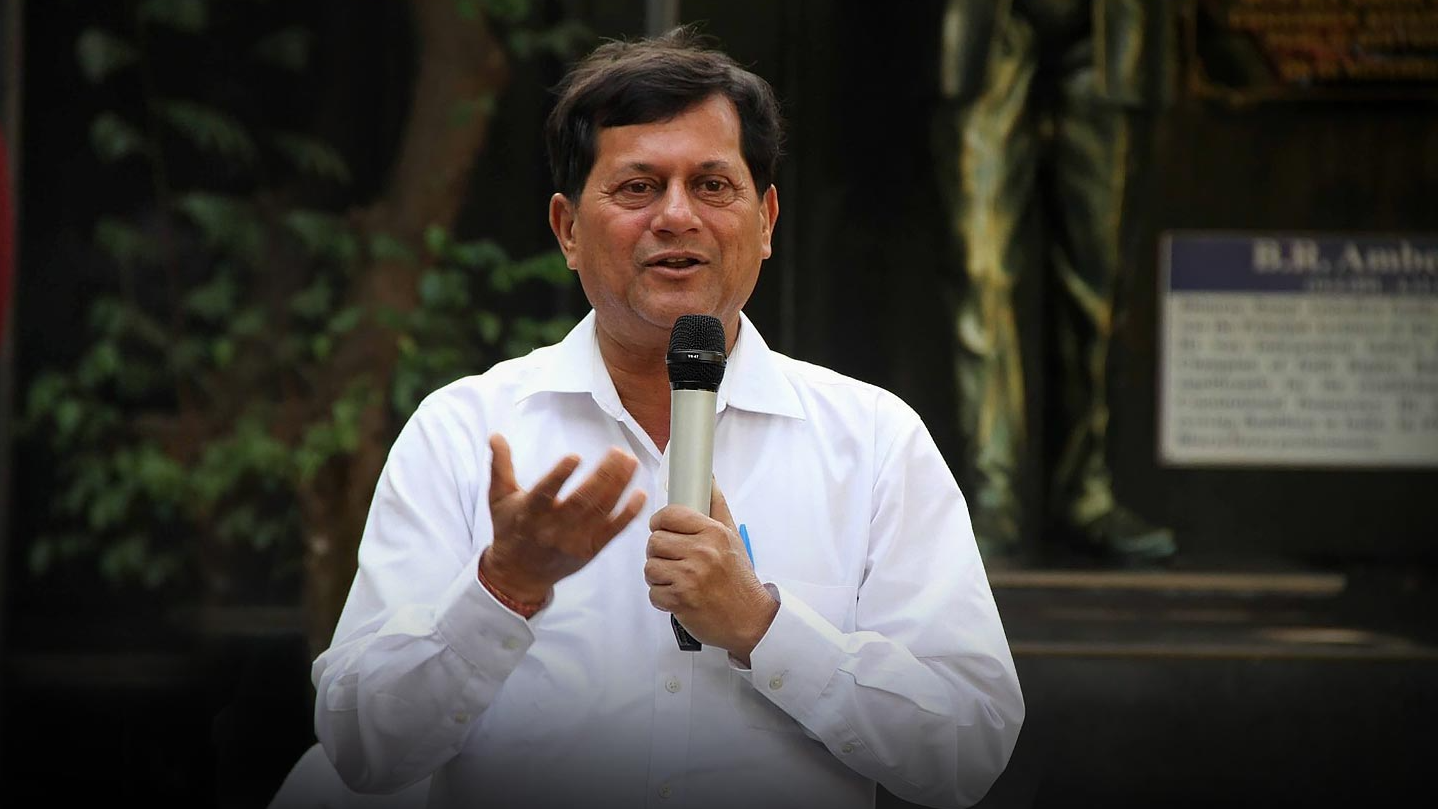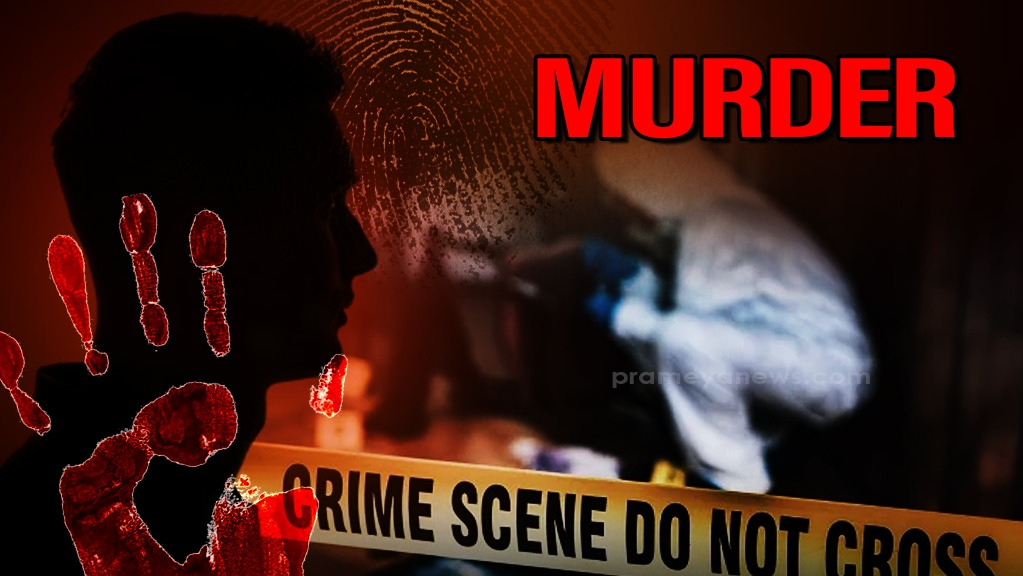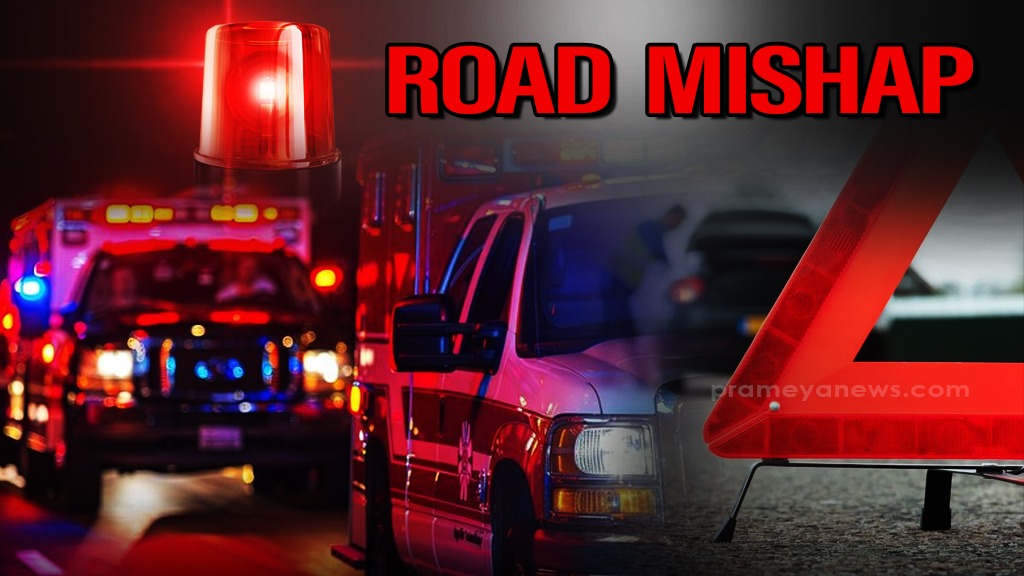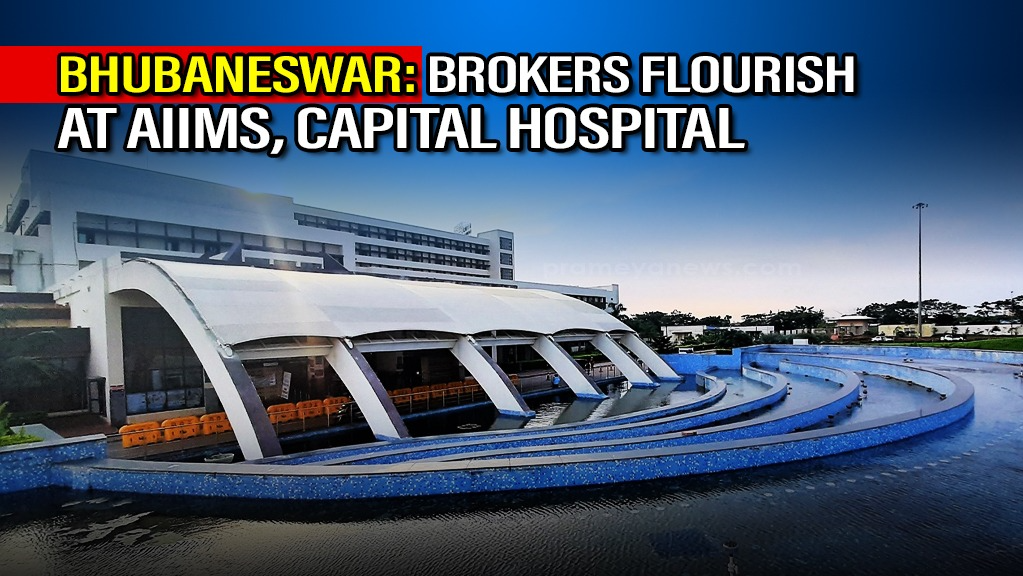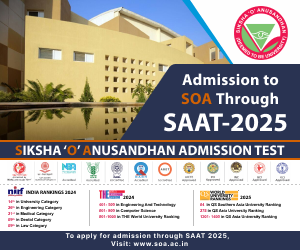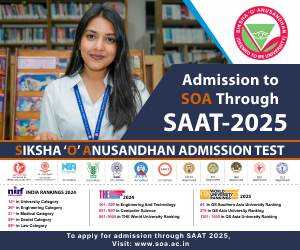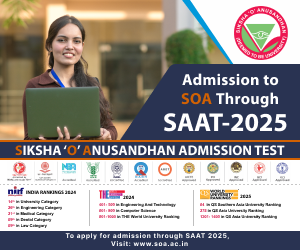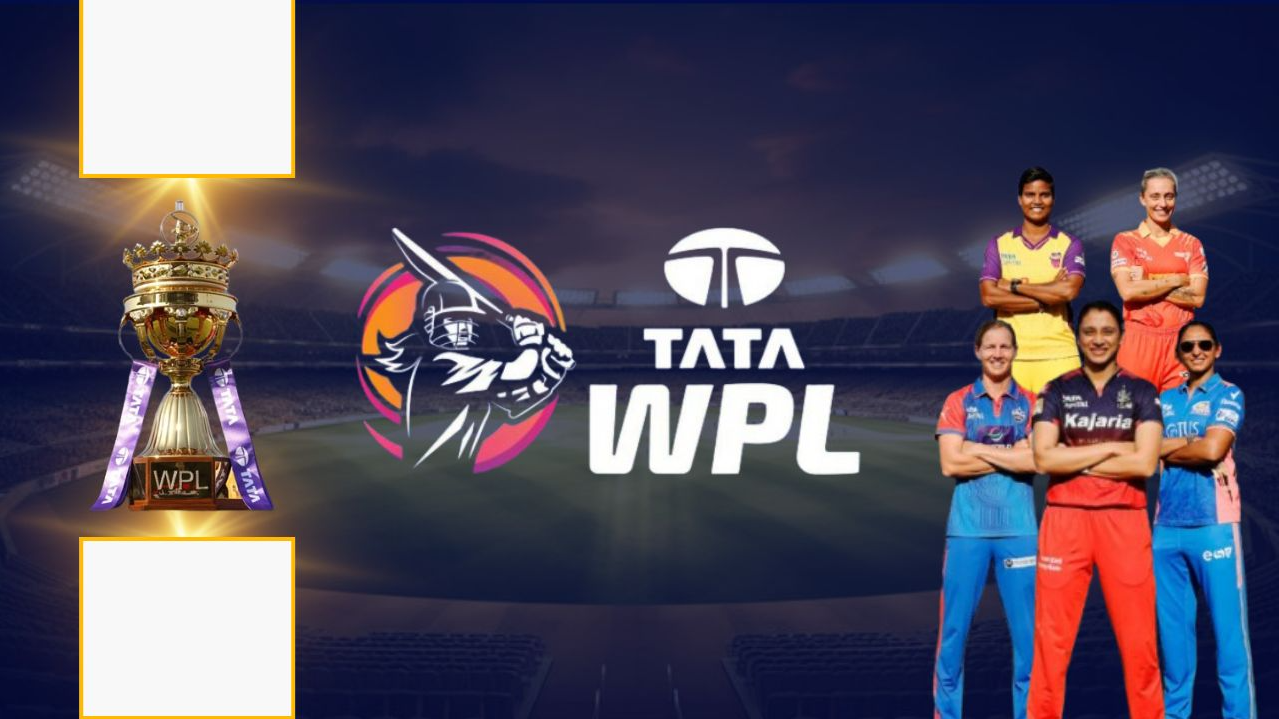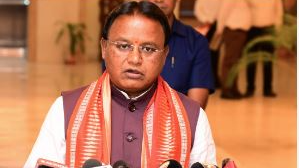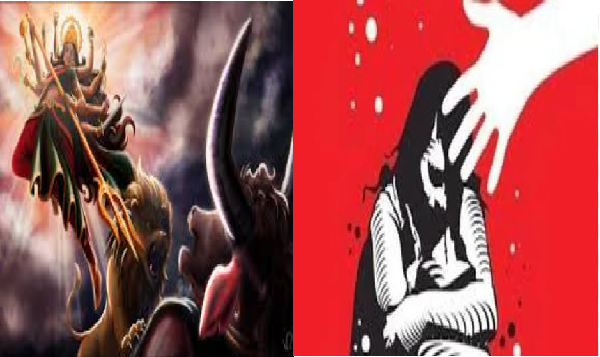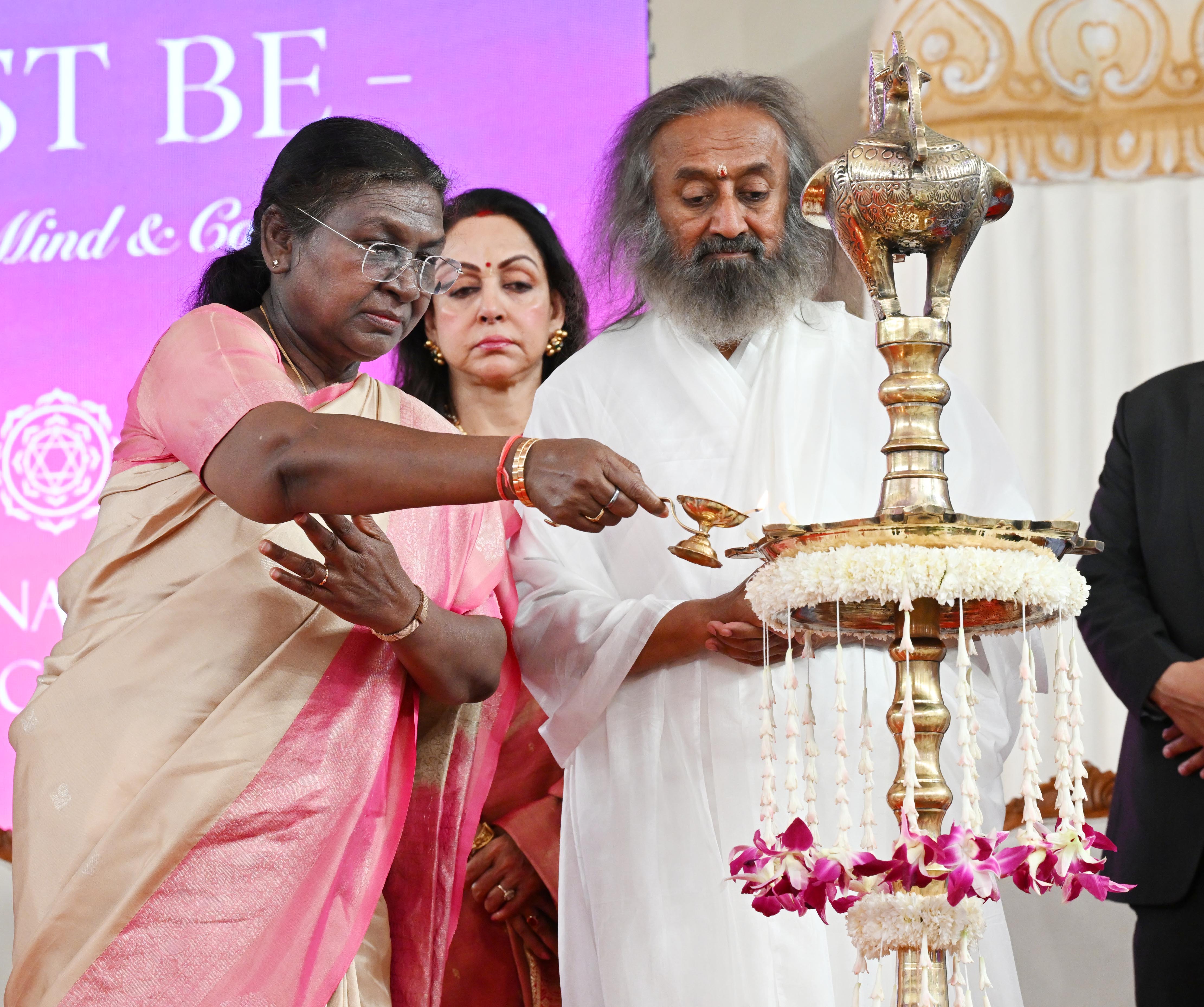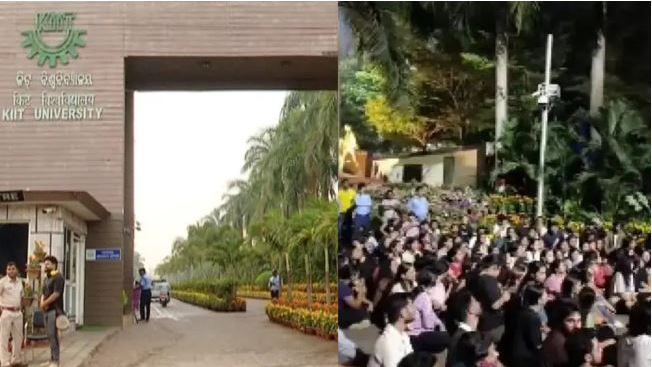The streets of Bhubaneswar are having a growing concern: recent string of accidents involving "Mo Bus," the city's public bus service, has left residents and authourities a tizzy. These aren't just minor ones; tragically, lives have been lost. The question on everyone's mind – from daily commuters to top officials – is, "What's going wrong, and how can we fix it?"
The Capital Region Urban Transport (CRUT), which manages Mo Bus, and the Commissionerate Police, especially the traffic department, are feeling the pressure. They've joined together to address this urgent issue, holding a workshop to understand the root causes of these accidents and find solutions. The first step was a heart-to-heart with 200 Mo Bus drivers, trying to get to the bottom of the problem.
The workshop was not on blame game and mudslinging. The Commissionerate police discussed with the drivers on how to drive and how to protect the commuters.
The police are determined to figure out what's behind these accidents. Are the drivers under too much pressure? Are there blind spots in their training? Are the buses themselves facing mechanical issues?
- Driver Stress and Counseling: One crucial area of focus is the mental well-being of the drivers. Officials are identifying drivers who might be under stress and offering them counseling.
- Speed Control and Technology: Speeding is a major concern. Drivers admitted that they sometimes feel pressured to speed up to meet tight schedules. While the buses have speed governors and breath analyzers to detect alcohol, accidents are still happening. This has prompted authourities to consider installing dashboard cameras – a move that would help determine the exact cause of accidents and identify who's at fault.
- Driver Skill and Recruitment: A concerning point raised is that many skilled bus drivers are not choosing to work for Mo Bus. The current daily wage for Mo Bus drivers is around ₹650, while experienced drivers can earn ₹800 to ₹1000 driving private buses. This pay gap might be preventing the best drivers from joining Mo Bus, leading to a reliance on less experienced drivers. If the pay is relooked, more experienced drivers can come in.
Proposed Solutions:
- Why are these accidents happening? This is the core question the authourities are struggling with.
- Are drivers facing excessive pressure or stress? Counselling is being offered to address this.
- Is speeding a major factor? Dashboard cameras are being considered to monitor this and provide evidence.
- Are the best drivers being recruited? The pay gap between Mo Bus and private bus drivers is a potential issue.
- The drivers have also raised the concern of reaching the stop in stipulated time.
A Collaborative Effort
The workshop was attended by key figures, including Police Commissioner S. Debadatta Singh, Additional Police Commissioner Umashankar Das, DCP Pinak Mishra, CRUT Managing Director N. Tirumala Nayak, and Traffic DCP Tapan Mohanty, along with senior officials from CRUT and the police. This shows a commitment from all the stakeholders to tackle the problem head-on.
The immediate next step is to implement the dashboard cameras and also counsel the drivers. The second phase will involve extending awareness and training to the remaining drivers.
The hope is that by combining technology, training, and a focus on driver well-being, Mo Bus can regain its reputation as a safe and reliable mode of transport. The safety of Bhubaneswar's citizens depends on it. The road ahead looks challenging, but the effort has started.






